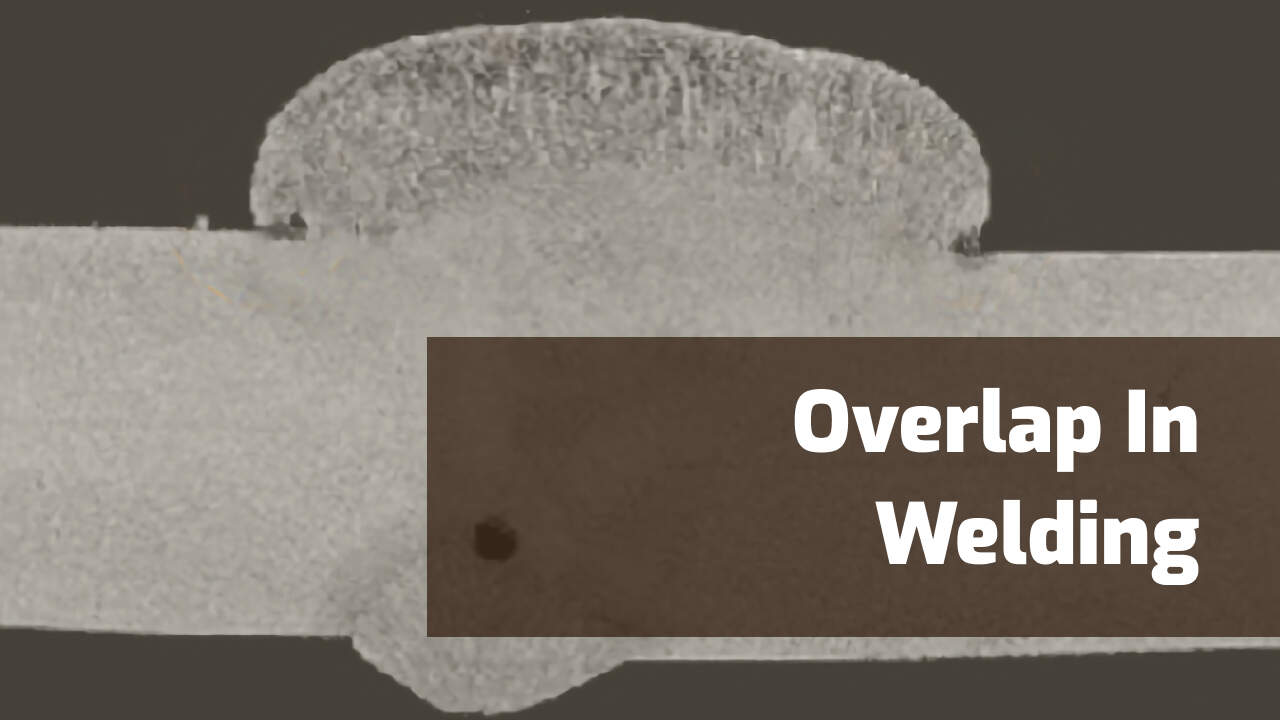Step-by-Step Overview to Preventing Weld Undercut in Different Metals
Step-by-Step Overview to Preventing Weld Undercut in Different Metals
Blog Article
Mastering the Art of Welding: Exactly How to Stay Clear Of Undercut Welding Issues for Flawless Fabrication Outcomes
Efficiency and accuracy are vital worldwide of welding, where even the tiniest imperfection can jeopardize the architectural integrity of a made item. One common difficulty that welders face is damaging, a defect that can lead and damage a weld joint to costly rework. By comprehending the source of undercut welding and implementing efficient strategies to prevent it, welders can elevate their craft to new degrees of quality (Preventing weld undercut). In the search of flawless fabrication results, grasping the art of welding to stay clear of undercut concerns is not simply a skill but a requirement for those pursuing excellence in their job.
Understanding Undercut Welding

To avoid undercut welding, welders must make sure correct welding criteria, such as readjusting the existing, voltage, traveling rate, and keeping the proper electrode angle. By understanding the reasons of undercut welding and implementing preventive measures, welders can attain top notch, structurally audio welds.
Sources Of Undercut in Welding
Recognizing the factors that add to damage in welding is vital for welders to generate premium, structurally audio welds. Inadequate welding incorrect or present welding rate can also contribute to undercut. Recognizing these causes and executing appropriate welding strategies can help avoid damaging concerns, ensuring strong and long lasting welds.
Techniques to Avoid Undercutting

To reduce the danger of undercutting in welding, welders can employ strategic welding strategies intended at improving the high quality and stability of the weld joints. Additionally, using the proper welding strategy for the certain joint setup, such as weave or stringer beads, can contribute to lowering damaging.
Utilizing back-step welding techniques and managing the weld bead profile can additionally aid distribute warmth evenly and decrease the risk of undercut. Normal examination of the weld joint during and after welding, as well as carrying out top quality guarantee procedures, can help in detecting and addressing damaging problems immediately.
Significance of Correct Welding Parameters
Choosing and preserving ideal welding parameters is vital for attaining effective welds with minimal problems. Welding specifications describe variables such as voltage, existing, take a trip rate, electrode angle, and securing gas flow rate that directly impact the welding procedure. These criteria must be carefully adjusted based on the type of material being welded, its thickness, and the welding method utilized.
Appropriate welding specifications make sure the ideal quantity of warmth is related to thaw the base steels and filler material consistently. If the specifications are set as well high, it can result in extreme heat input, causing spatter, distortion, or burn-through. On the various other hand, if the specifications are as well low, insufficient blend, absence of penetration, or undercutting may Going Here take place.
Top Quality Assurance in Welding Operations

Verdict
Finally, mastering the art of welding calls for a detailed understanding of undercut welding, its reasons, and techniques to avoid it. By making sure proper welding criteria and carrying out quality control methods, remarkable construction results can be accomplished. It is important for welders to consistently pursue excellence in their welding procedures to avoid undercut problems and produce have a peek here high-grade welds.
Undercut welding, a typical issue in welding processes, takes place when the weld metal does not appropriately fill the groove and leaves a groove or clinical depression along the welded joint.To stop undercut welding, welders must make certain appropriate welding criteria, such as adjusting the present, voltage, traveling speed, and preserving the correct electrode angle. Insufficient welding inaccurate or existing welding speed can likewise add to damage.To reduce the danger of damaging in welding, welders can employ tactical welding strategies intended at enhancing the high quality and honesty of the weld joints.In verdict, mastering the art of welding needs a detailed understanding of undercut welding, its causes, and techniques to avoid it.
Report this page